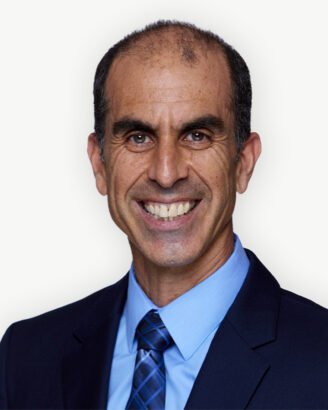Split-thickness skin autograft: Procedure, benefits, and risks
The split-thickness skin autograft procedure involves the removal of a thin layer of skin from a healthy area of the patient’s body, typically the thigh or buttocks. This skin is then divided into smaller sections, or “split,” using a dermatome. The split skin is then transplanted onto the area of the body that requires skin coverage, typically a wound or burn. The graft is secured in place with sutures or staples and covered with a dressing. Over time, the graft will integrate with the surrounding tissue and begin to heal. This procedure is commonly used for patients with extensive burns or wounds that cannot heal on their own. It is a relatively simple procedure with a high success rate and minimal risk of complications. Patients may experience some discomfort and scarring at the donor site, but this typically resolves over time.



